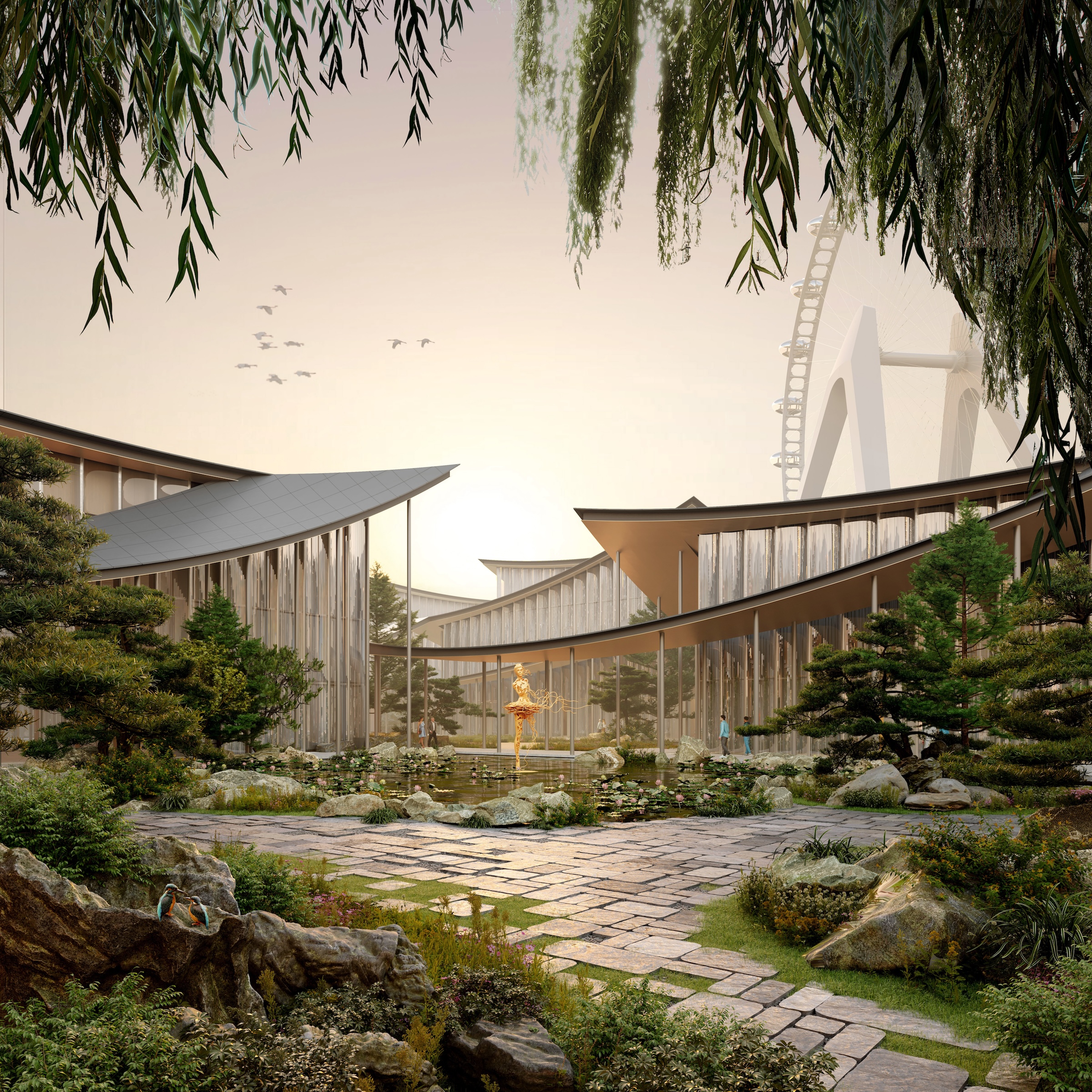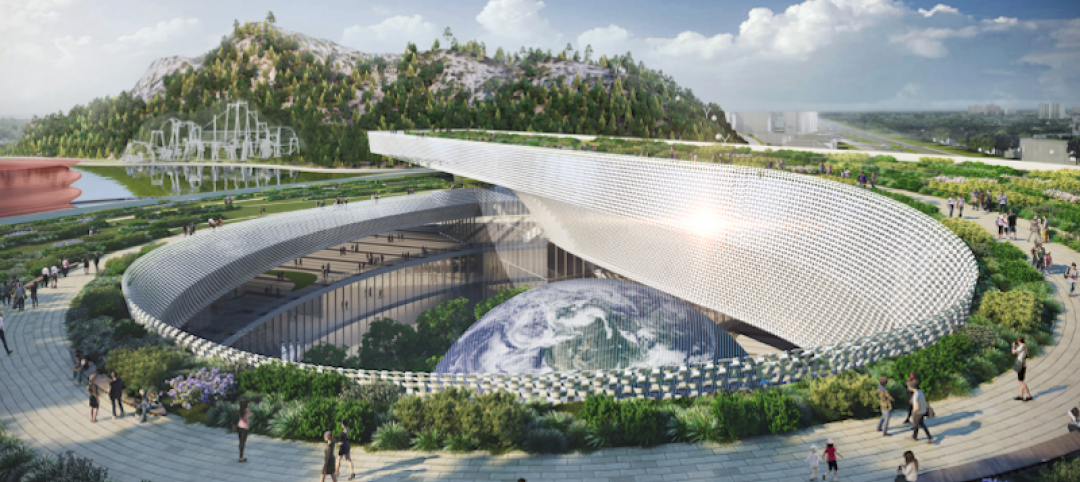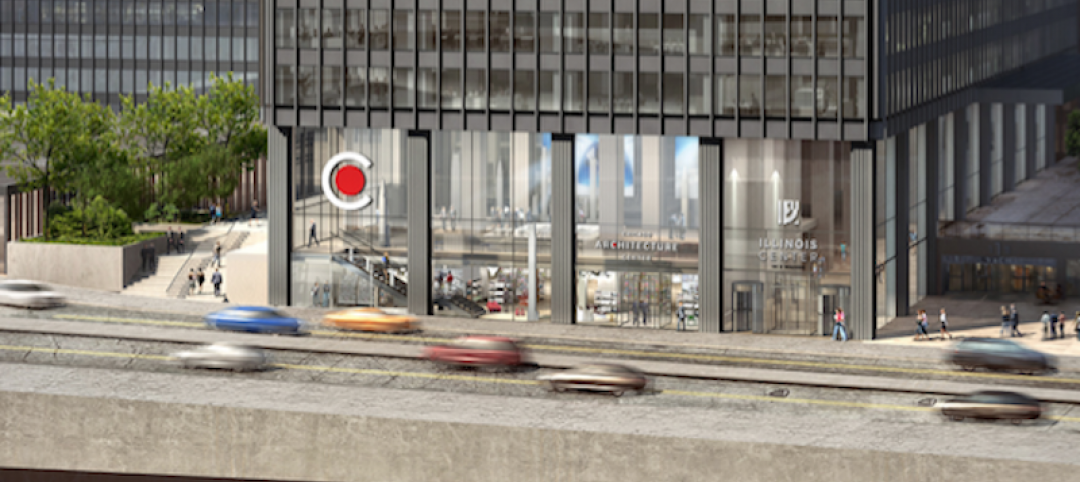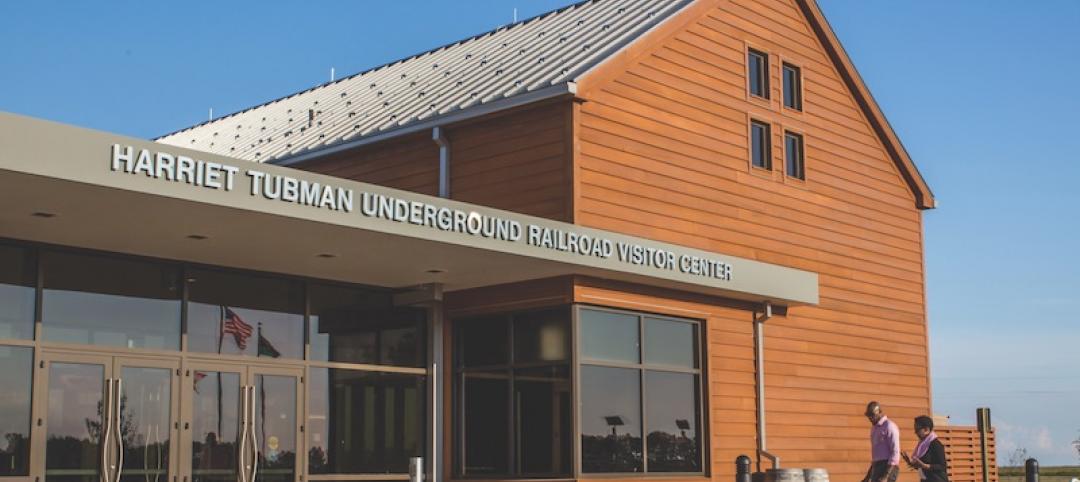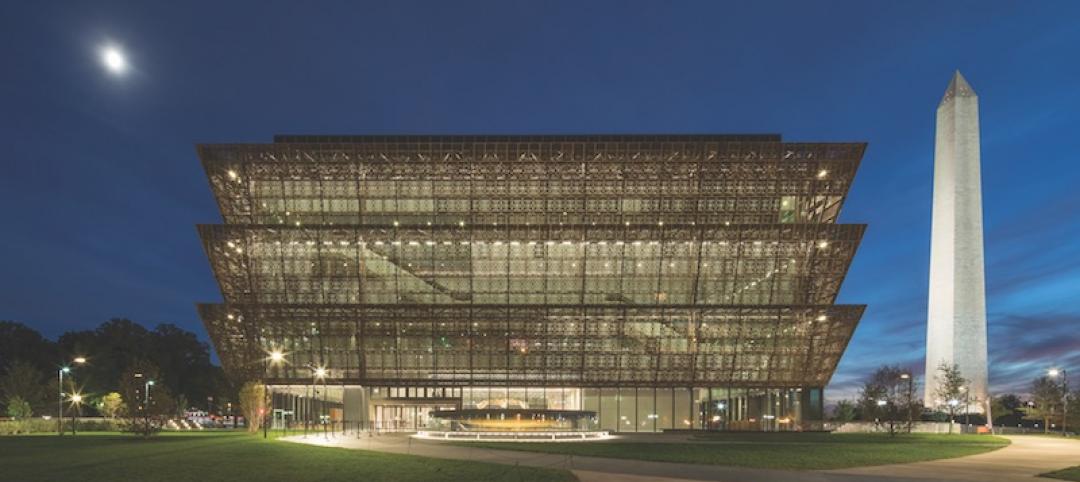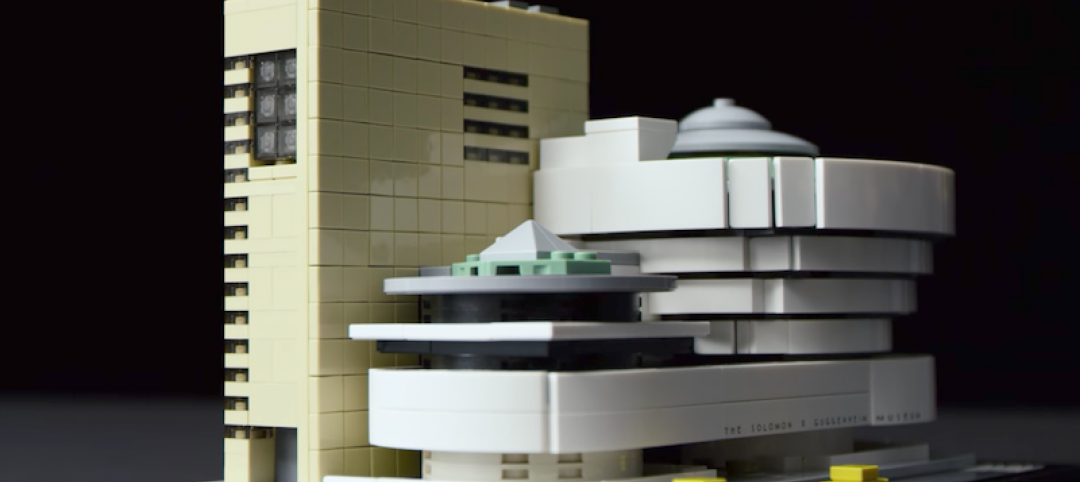The 60,000-sm Suzhou Museum of Contemporary Art in Suzhou, Jiangsu, China recently topped out. Designed by Bjarke Ingels Group (BIG), the museum is conceived as a village of 12 pavilions, offering a modern interpretation of the elements that have defined the city’s urbanism, architecture, and landscape for centuries.
The museum is part of the city’s development of Jinji Lake and reimagines the traditional garden ‘lang,’ a line that traces a path, framing gardens with outdoor art installations and coalescing as pavilions. The museum design showcases Suzhou’s garden tradition and takes visitors on a journey through art, nature, and water.
The museum’s main design element is the ribbon of the roof, which extends into a pattern of eaves that double as sheltered walkways through the site. Knots in the thread of walkways frame pavilions, and as a result, the museum’s architecture entwines through the landscape. The draping walkways further extend out into Jinji Lake, which can be appreciated from above on the Suzhou Ferris wheel.
Bjarke Ingels' design for the art museum connects the city to the lake
The overriding design concept is a Chinese garden of pavilions and courtyards. Individual pavilions are woven together by glazed galleries and porticoes, creating a network of interconnected sculpture courtyards and exhibition spaces. “Weaving between the Ferris wheel legs, the museum branches out like a rhizome, connecting the city to the lake,” says Bjarke Ingels, Founder and Creative Director, BIG – Bjarke Ingels Group.
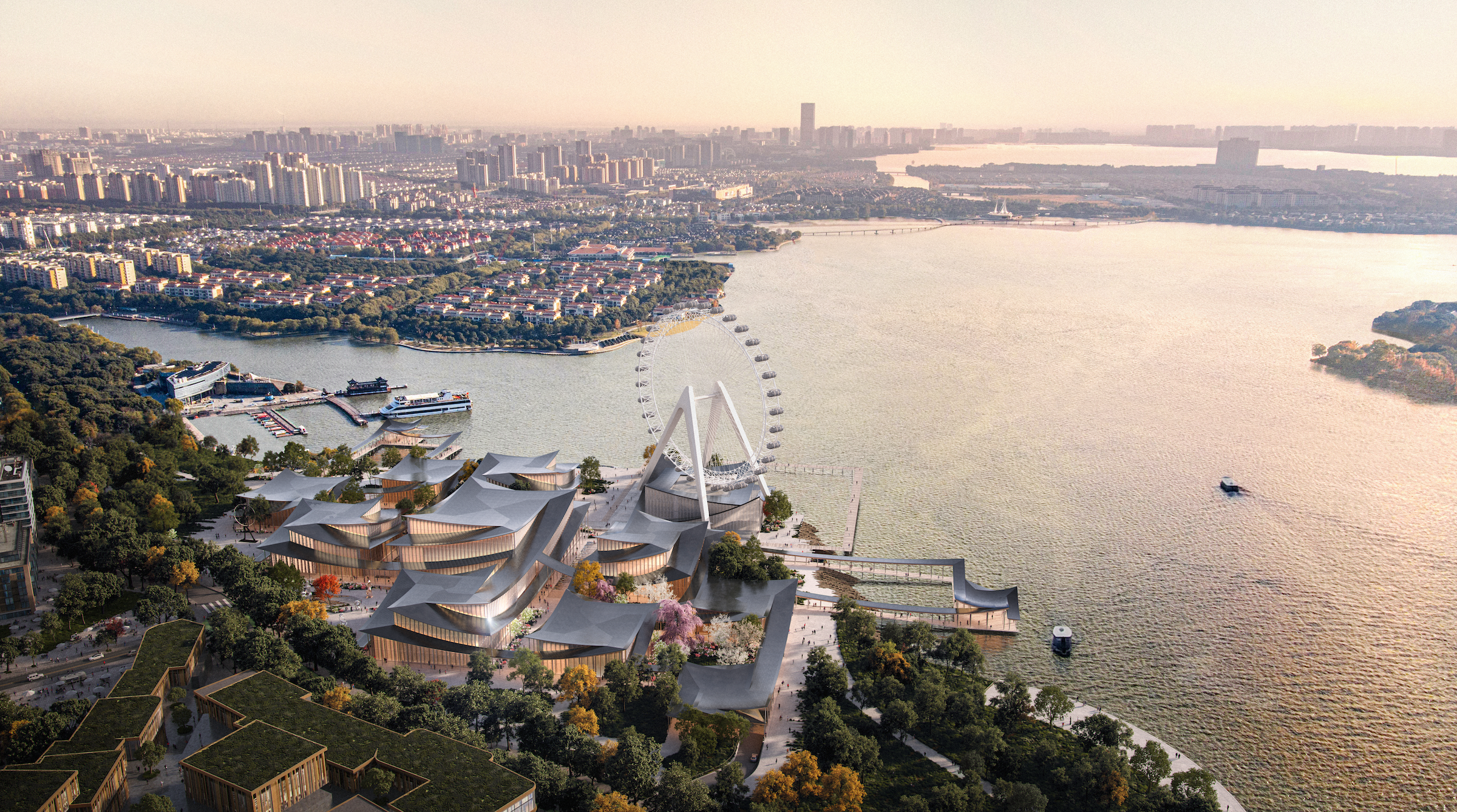
“The result is a manmade maze of plants and artworks to get lost within. Its nodular logic only becomes distinctly discernible when viewed from the Ferris wheel’s gondolas above,” Ingels adds. “Against the open space of the lake, the gentle catenary curvature of the roofs forms a graceful silhouette on the waterfront. Viewed from above, the stainless-steel roof tiles form a true fifth facade.”
Defined by sloping roof eaves, each pavilion’s façade is made of rippled and curved glass, as well as warm-toned stainless steel that reflects the garden colors. The pavilions are connected above and underground via bridges and tunnels, offering the museum flexibility to plan exhibition flow according to seasons and exhibited art pieces. The paths leading through the site will be covered with natural stone.
Arriving at the museum, the visitor will be faced by an expansive, welcoming plaza in front of the visitor center—the entry point to the museum. From there, visitors will be able to proceed inside or along the exterior, through the gardens and to the water bank. Visitors can follow a continuous path through the museum’s interior or wander depending on the aim or weather conditions of the visit. The facility will also house a theater in one of its pavilions.
The museum is scheduled for completion in 2025.
Client: Suzhou Harmony Development Group Co. Ltd
Design Architect: BIG – Bjarke Ingels Group
Architect of Record: ARTS Group
MEP Engineer: ARTS Group
Structural Engineer: ARTS Group
General Contractor/Construction Manager: Suzhou Erjian
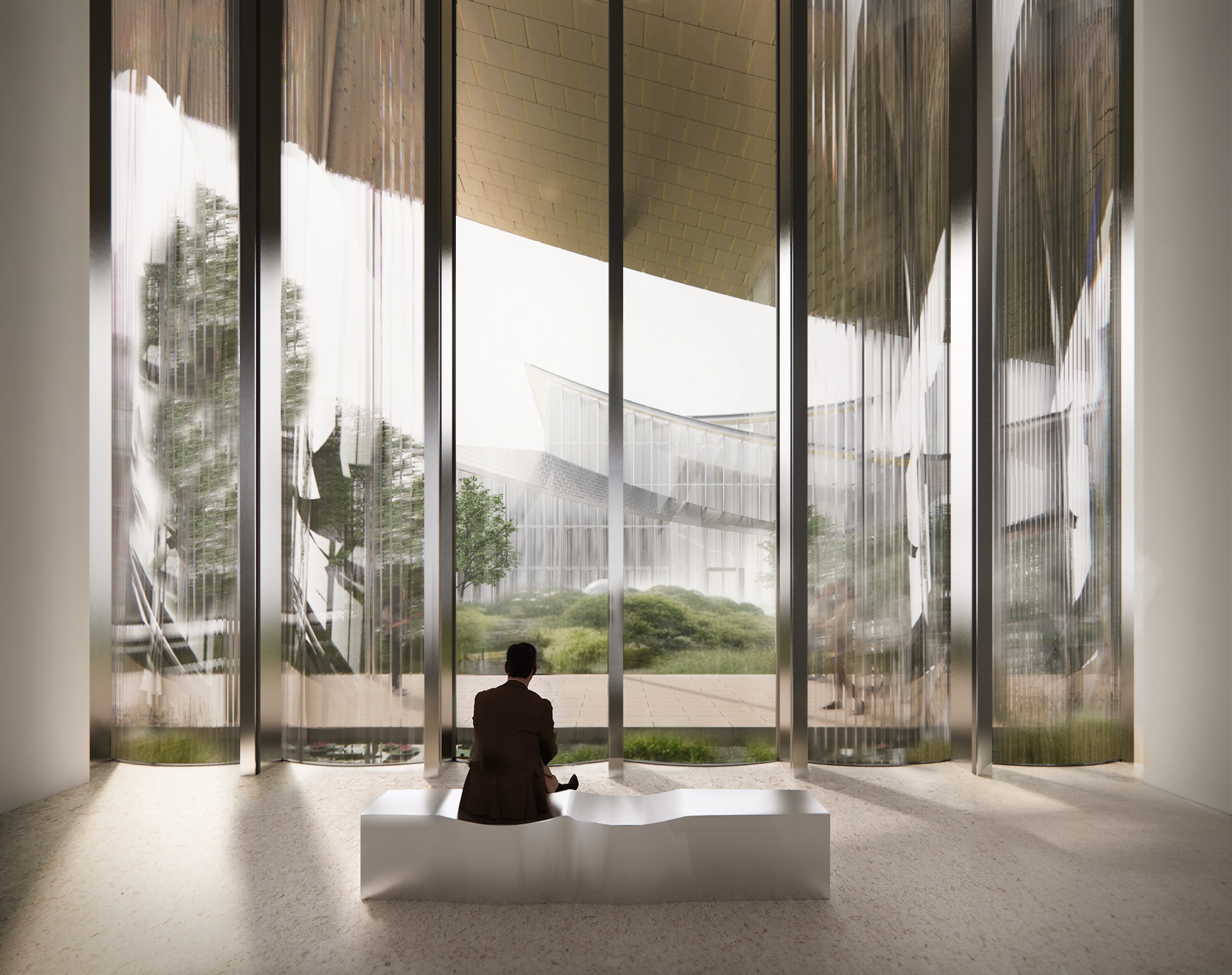
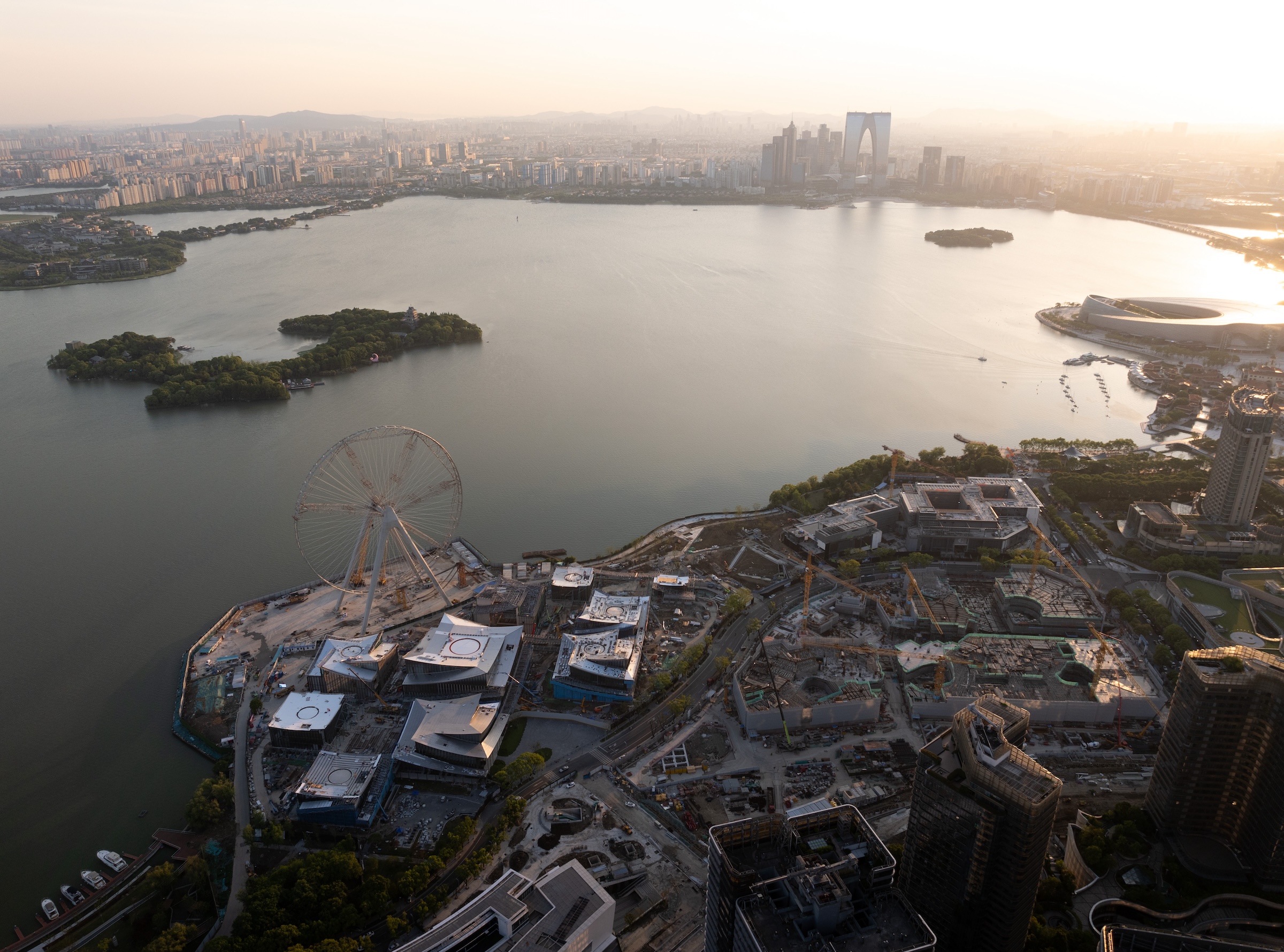
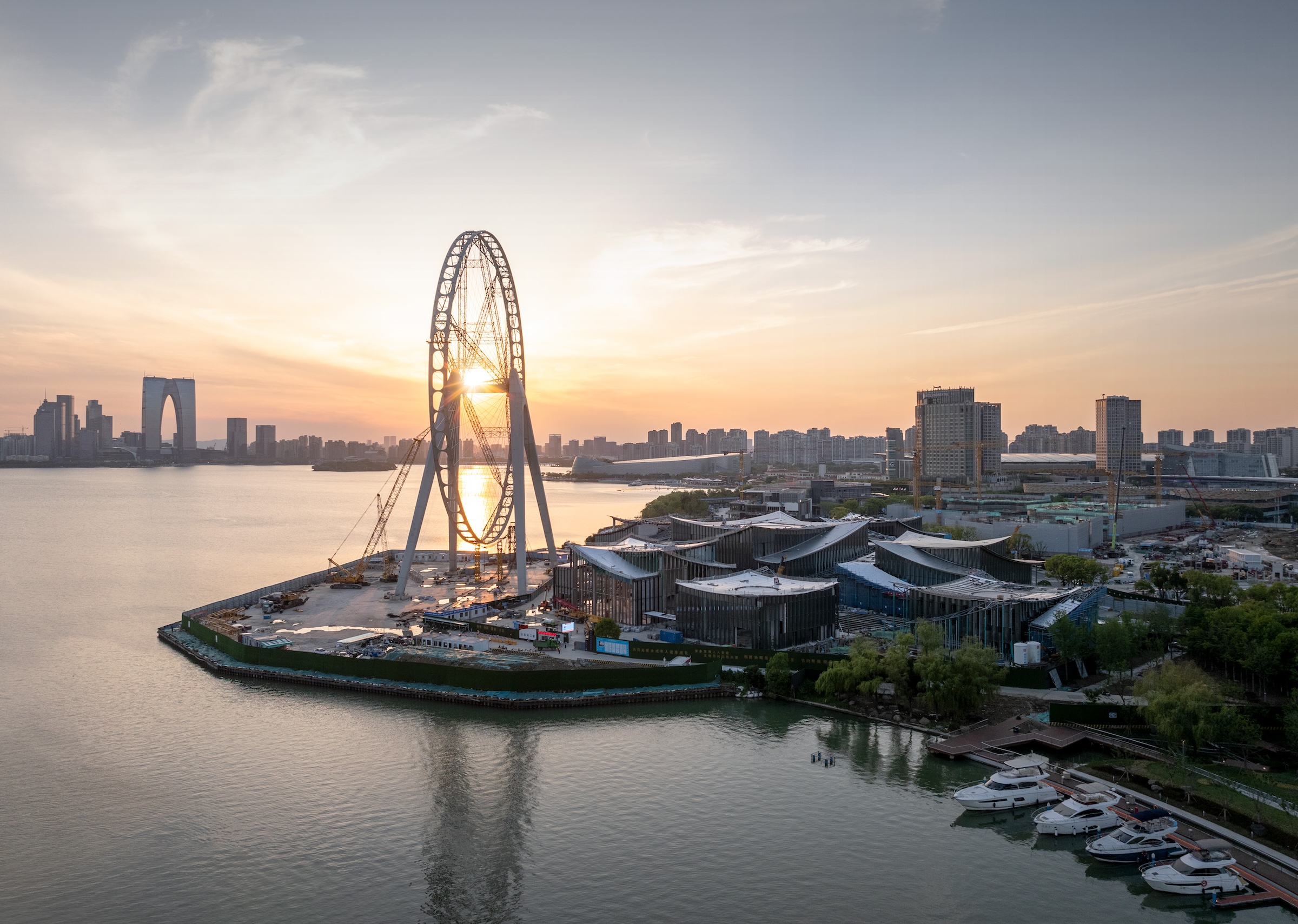

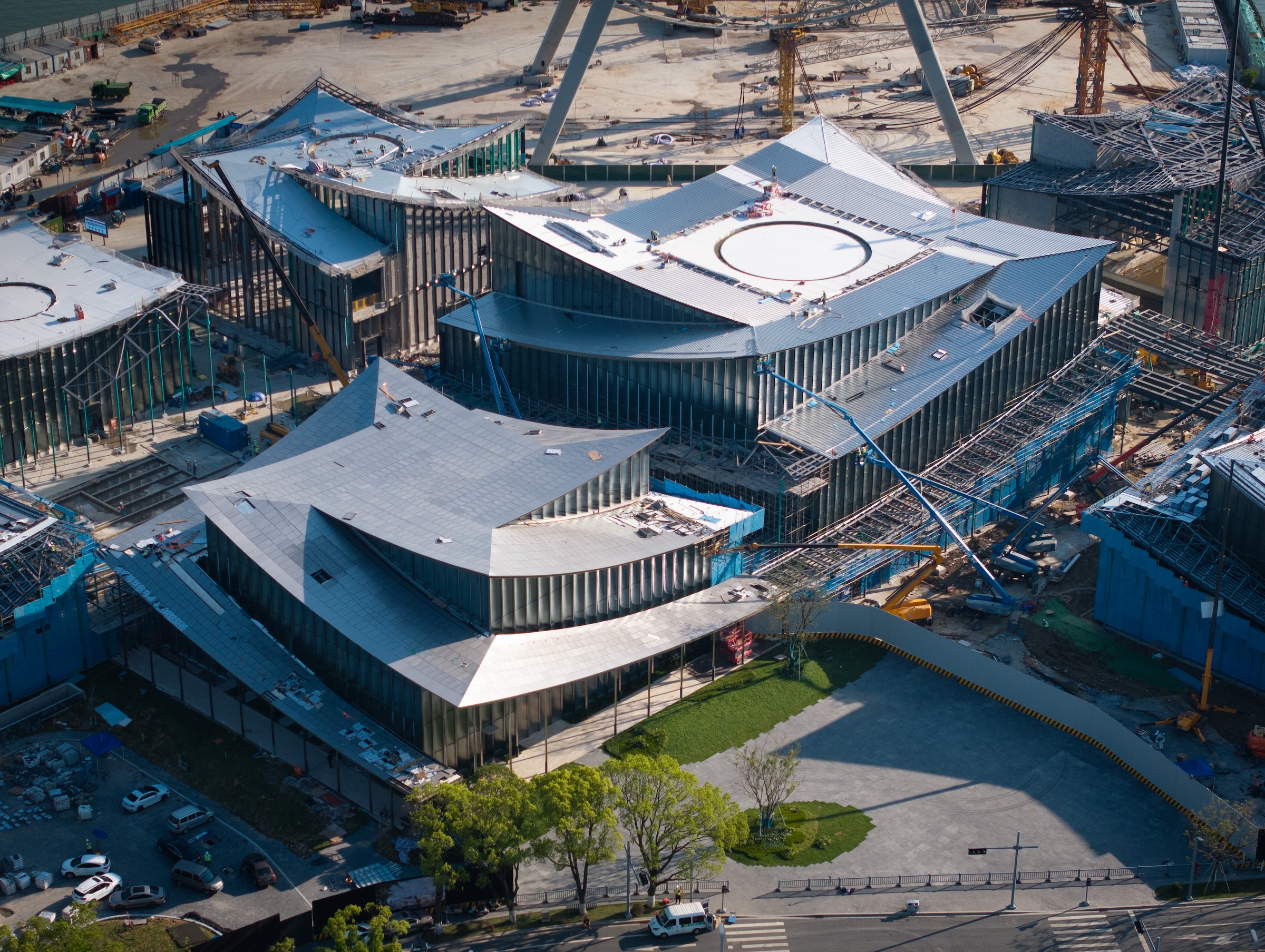
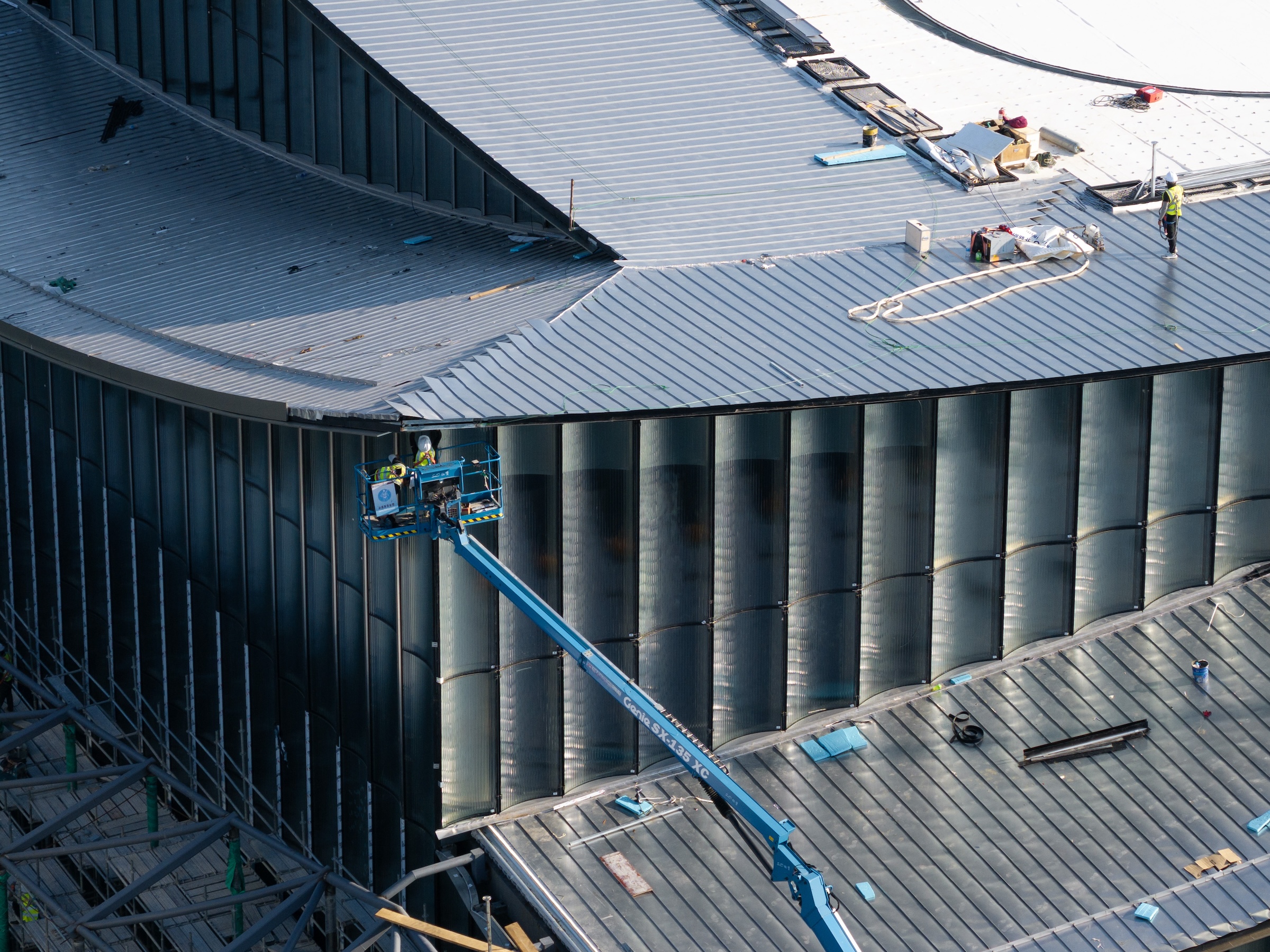
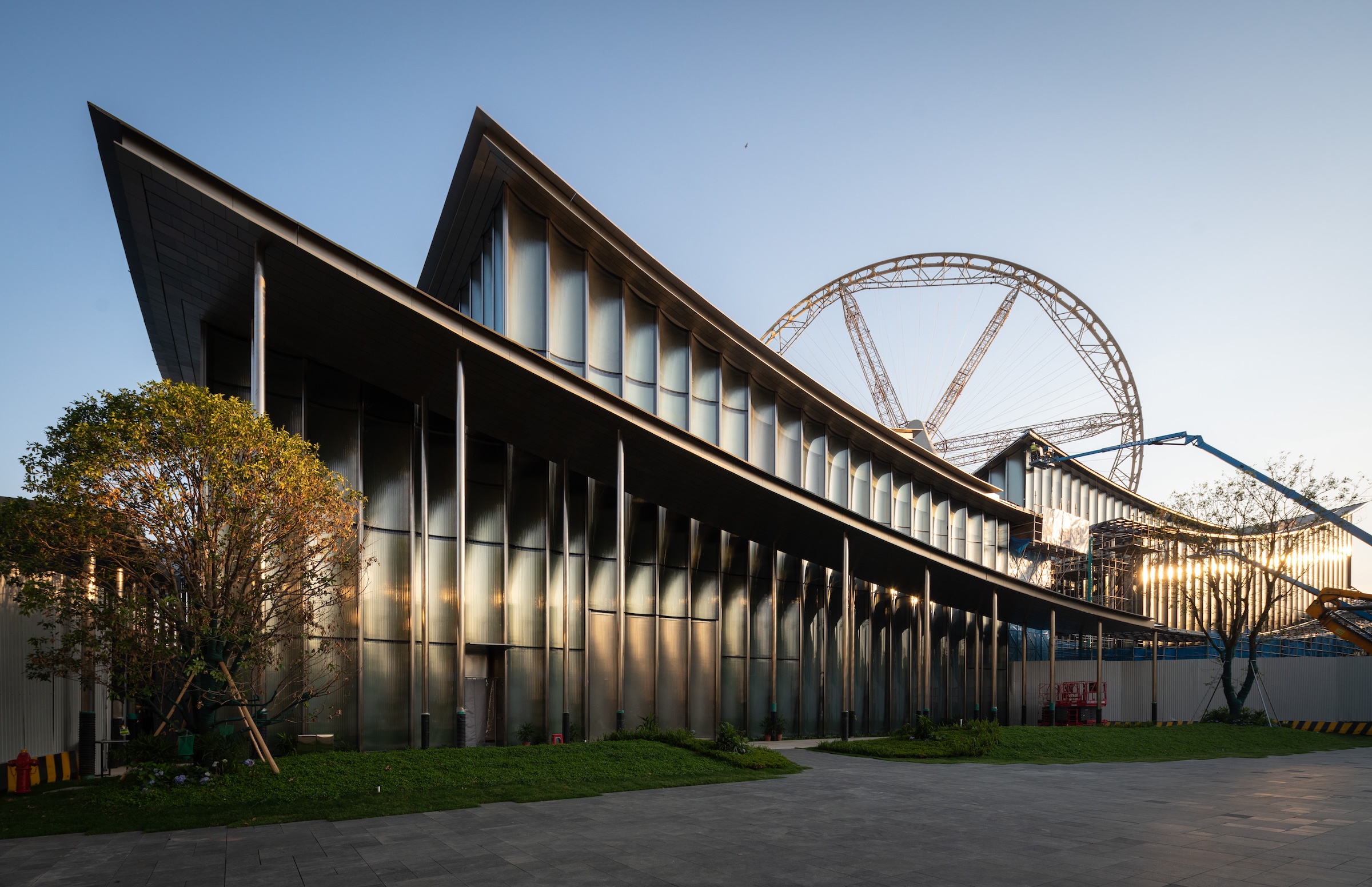

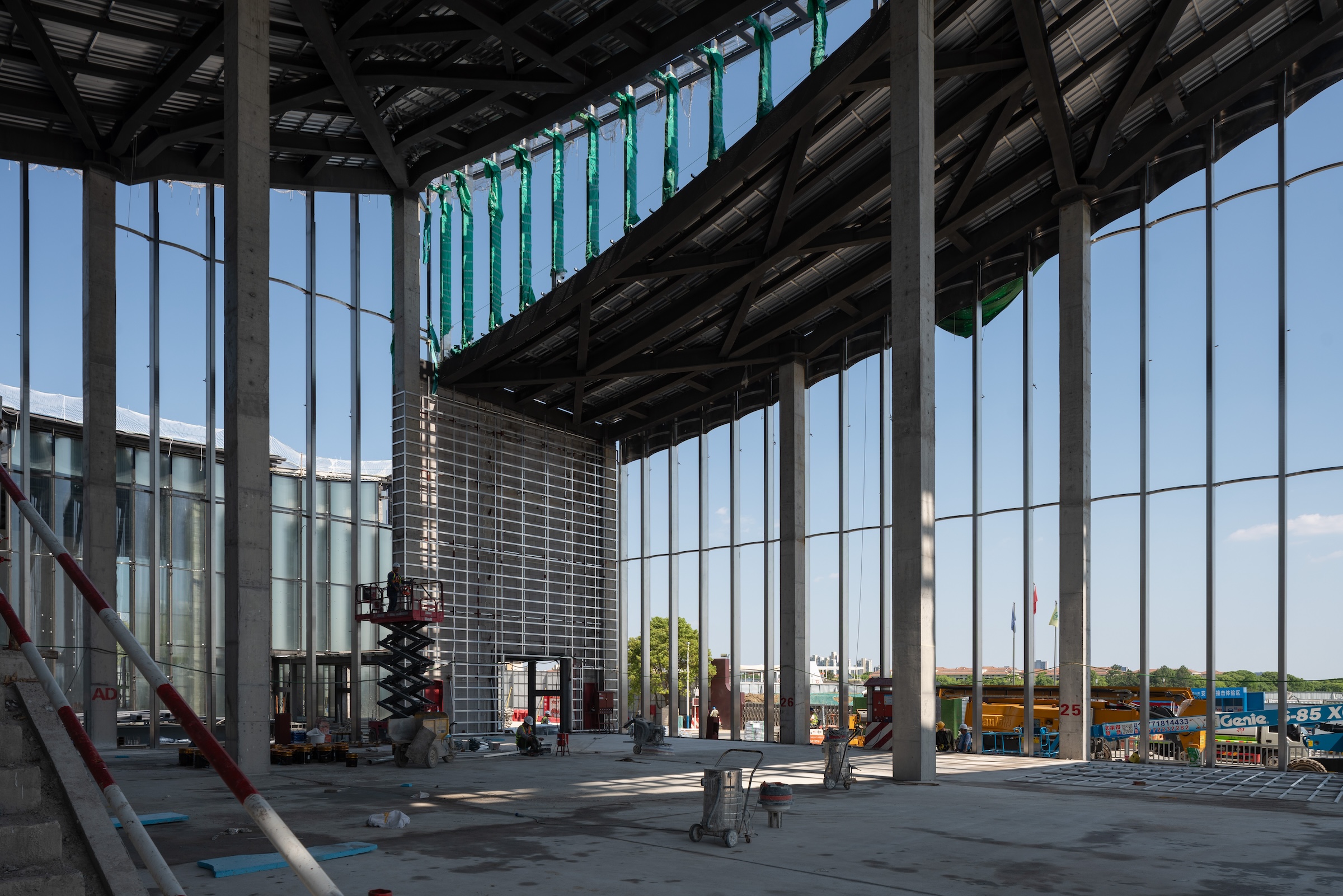
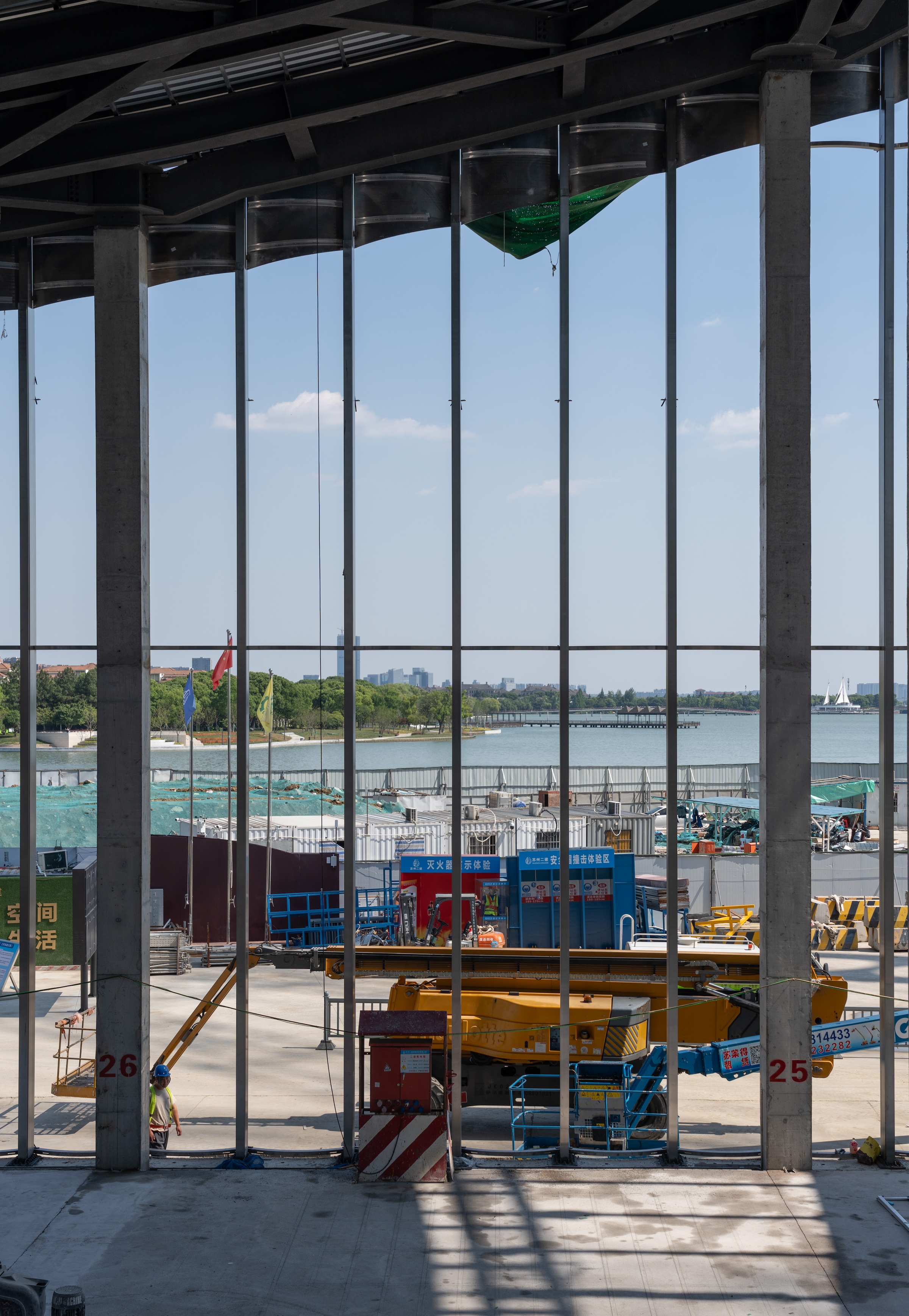
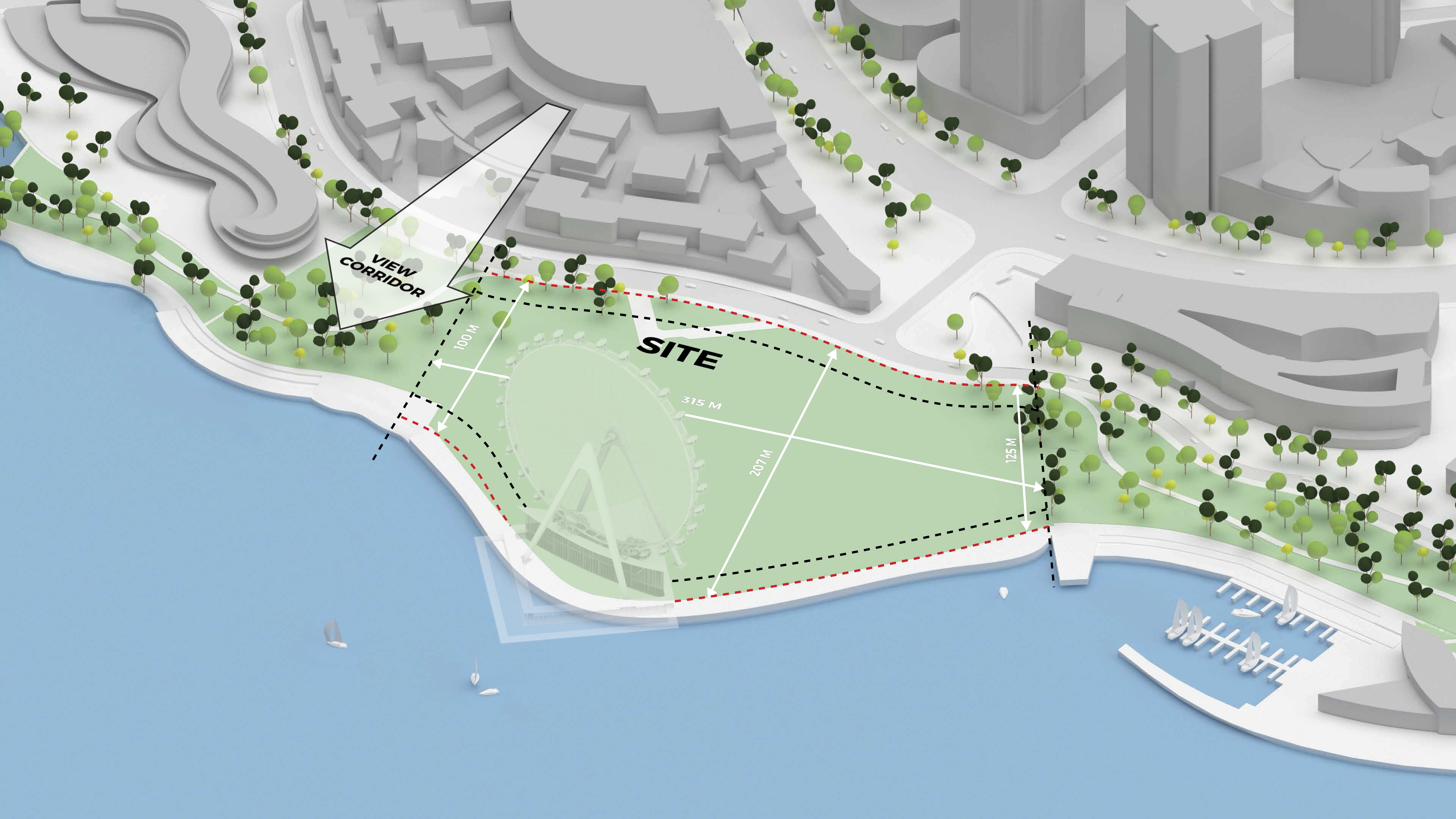
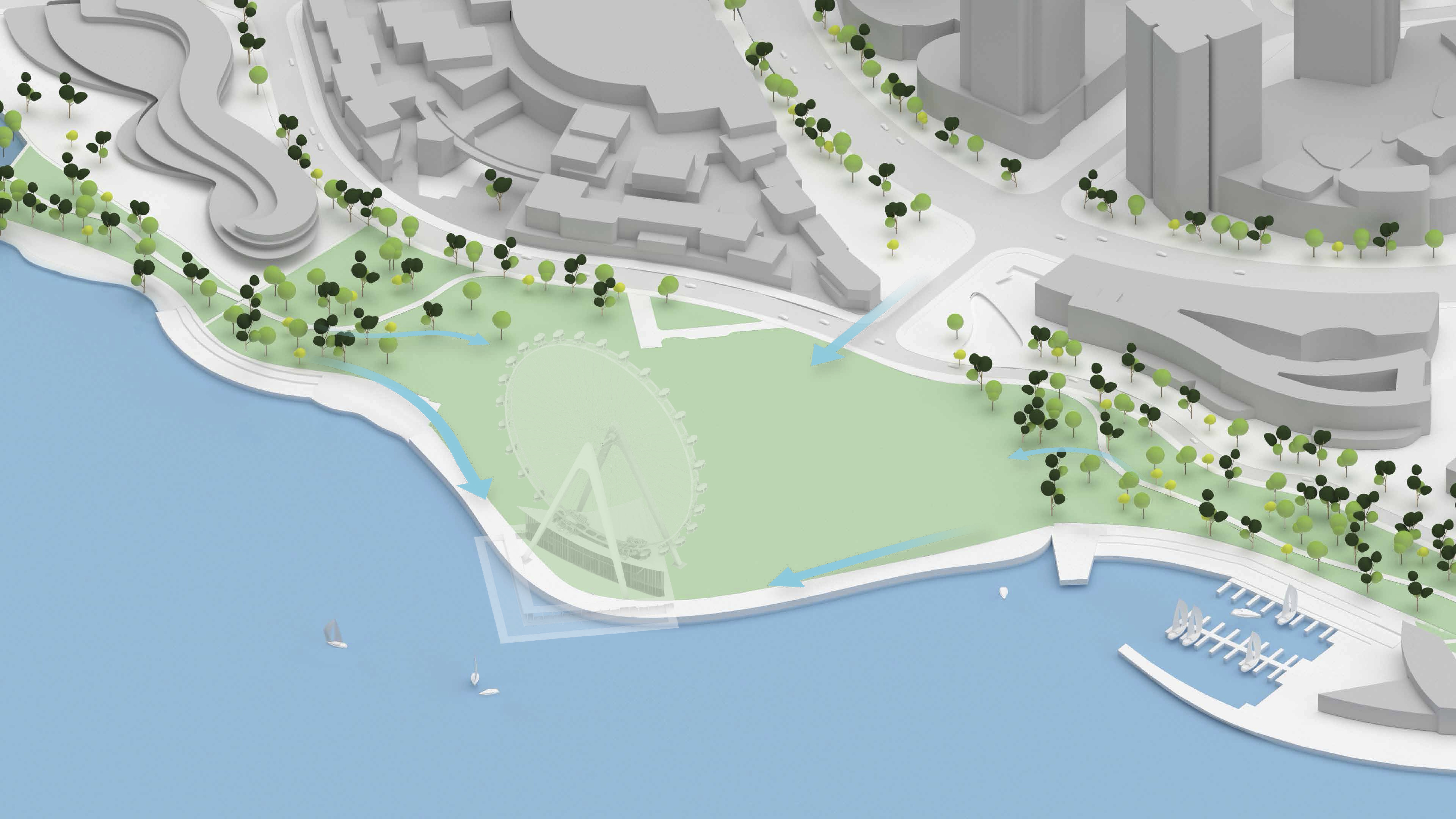
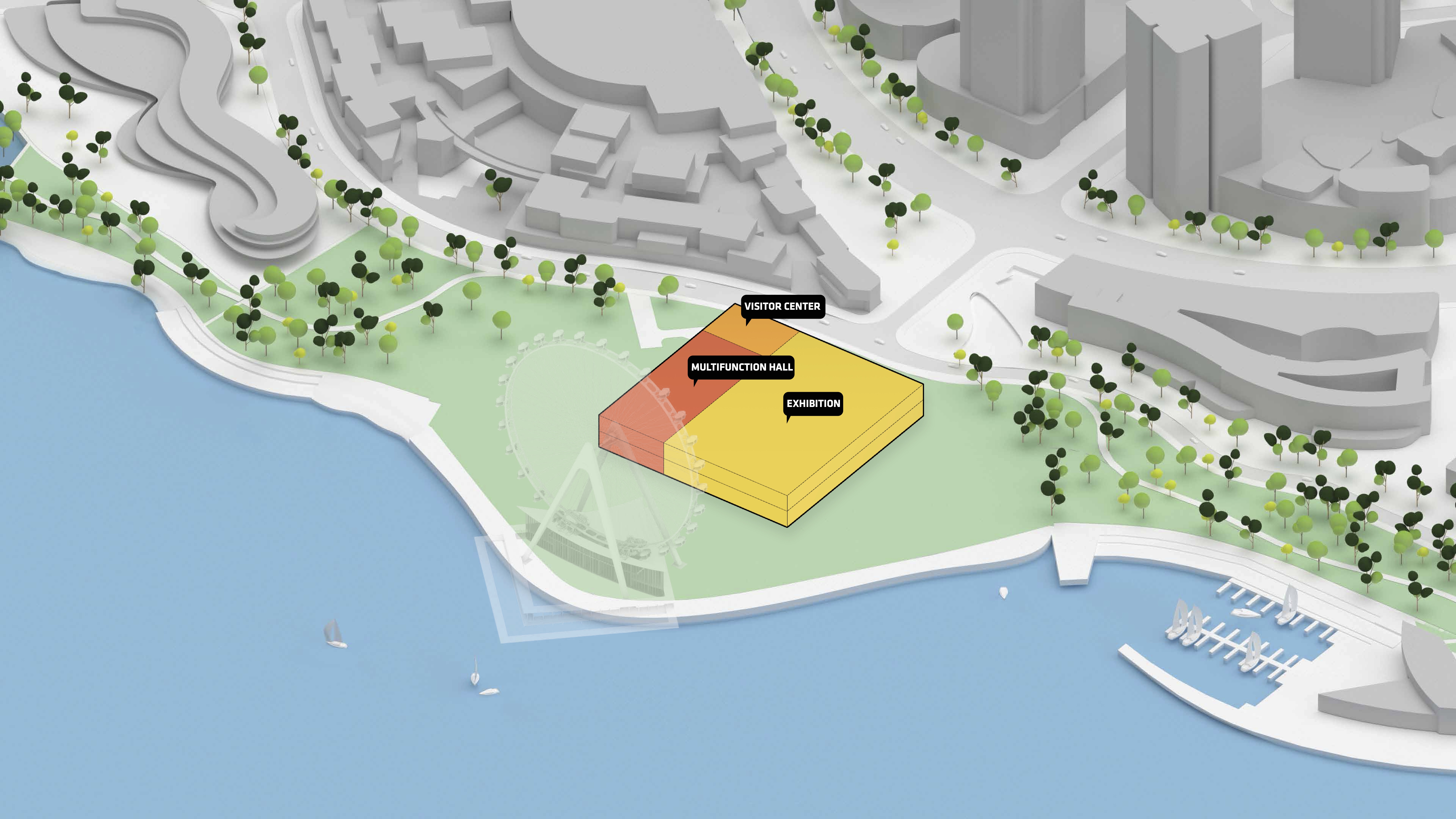

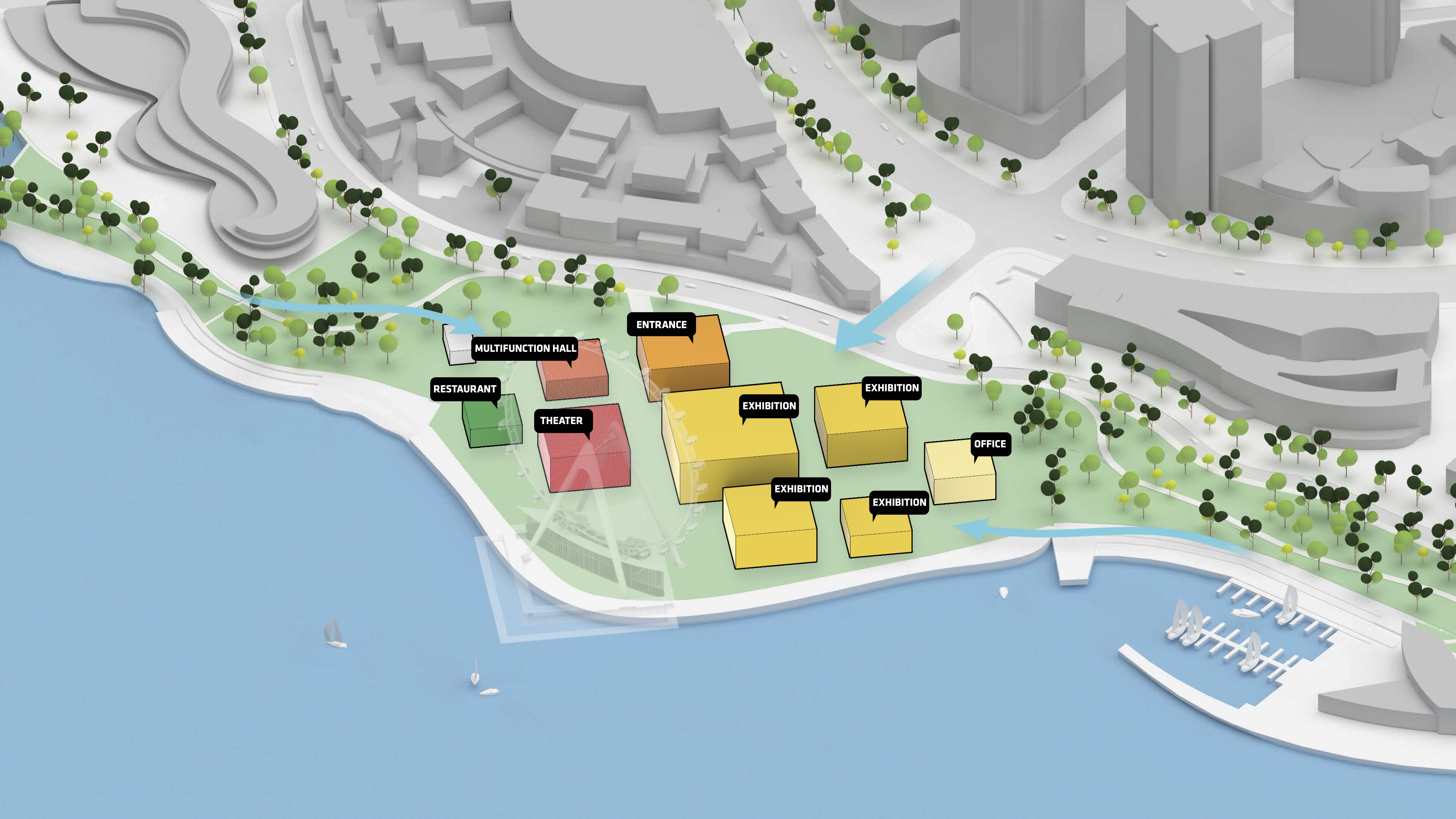
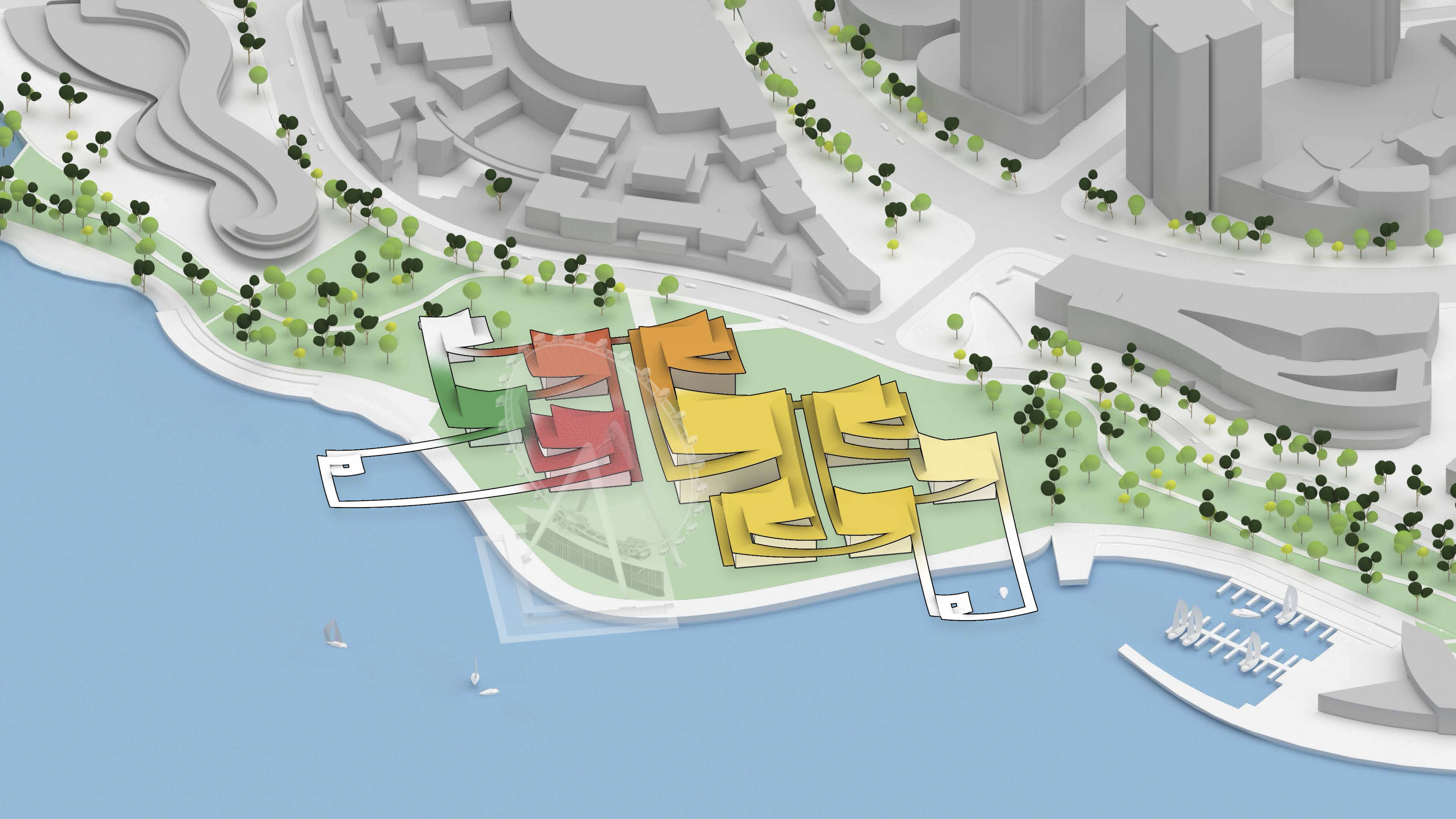
Related Stories
Museums | Jan 11, 2018
Suzhou Science & Technology Museum will highlight new cultural district in Shishan Park
The 600,000-sf museum will be about 62 miles northwest of Shanghai.
Museums | Dec 12, 2017
History museum embodies the culture of the Oregon coast
The barnlike structure comprises 15,000 sf of space.
Museums | Oct 3, 2017
Denmark’s new LEGO experience hub looks like it’s made out of giant LEGO blocks
The 12,000-sm building is part of Billund, Denmark’s goal to become the ‘Capital for Children.’
Museums | Sep 28, 2017
Tunnel-boring machine will be the centerpiece of a planned 150,000-sf Metro Museum in Wuhan, China
GreenbergFarrow beat out five other design firms for the opportunity to design the museum.
Museums | Sep 15, 2017
Former basketball gym becomes Stanford Athletics ‘Home of Champions’
The Home of Champions uses interactive displays to showcase Stanford’s 126-year history of student athletes.
Museums | Sep 8, 2017
CAF announces plans for 20,000-sf Chicago Architecture Center to be built on East Wacker Drive
The Adrian Smith + Gordon Gill-designed space will open in summer 2018.
Museums | Aug 15, 2017
Underground Railroad Visitor Center tells story of oppression, then freedom
The museum is conceived as a series of abstracted forms made up of two main structures, one administrative and one exhibit.
Museums | Jul 5, 2017
Addition by subtraction: Art Share L.A. renovation strips away its acquired superfluity
The redesign of the 28,000-sf building is prioritizing flexibility, openness, and connectivity.
Building Team Awards | Jun 7, 2017
Rising above adversity: National Museum of African American History and Culture
Gold Award: The Smithsonian Institution’s newest museum is a story of historical and construction resolve.
Architects | Jun 7, 2017
Build your very own version of Frank Lloyd Wright’s Guggenheim Museum with this new LEGO set
744 LEGO bricks are used to recreate the famous Wright design, including the 1992 addition.


